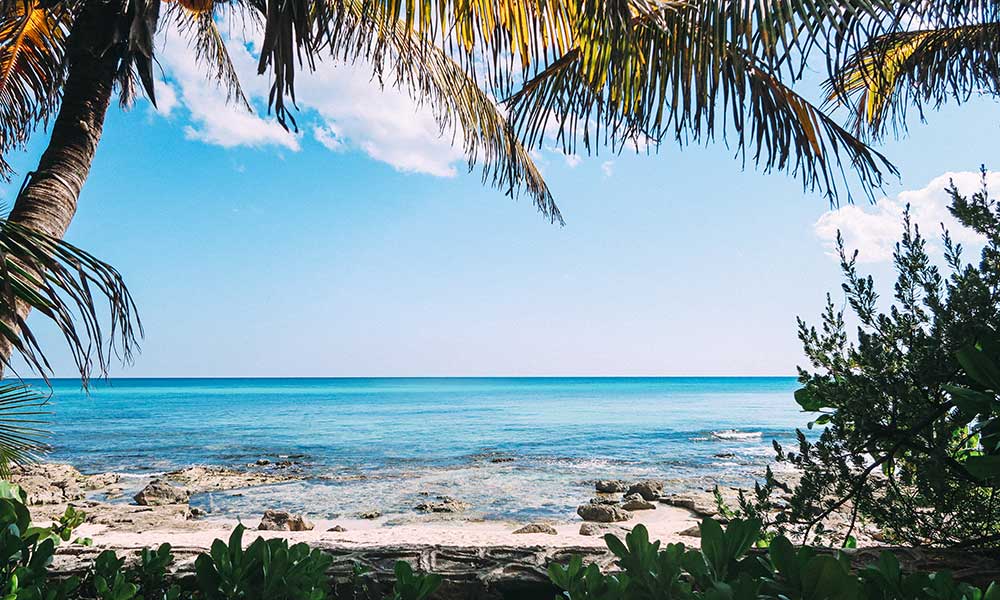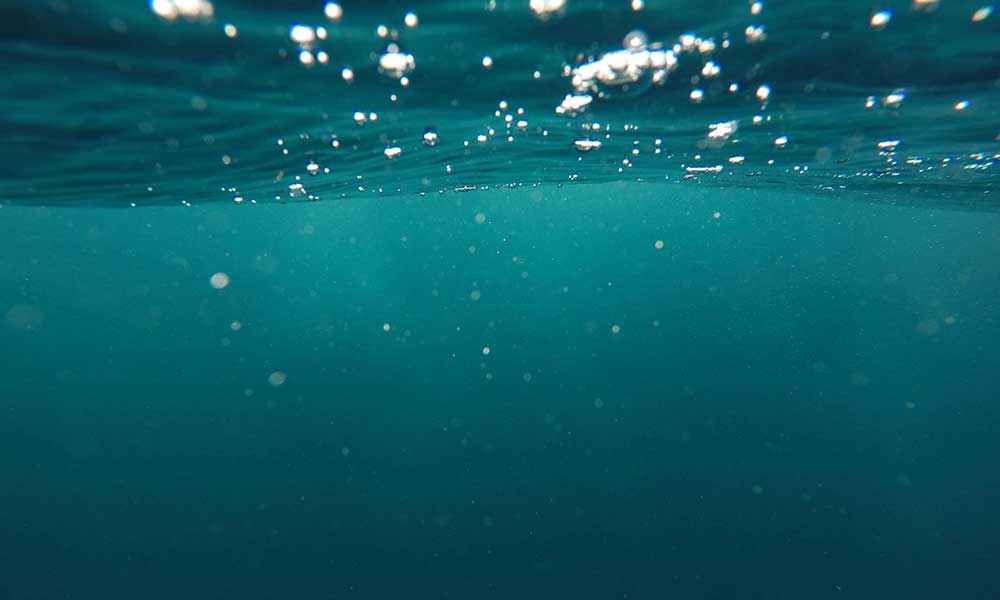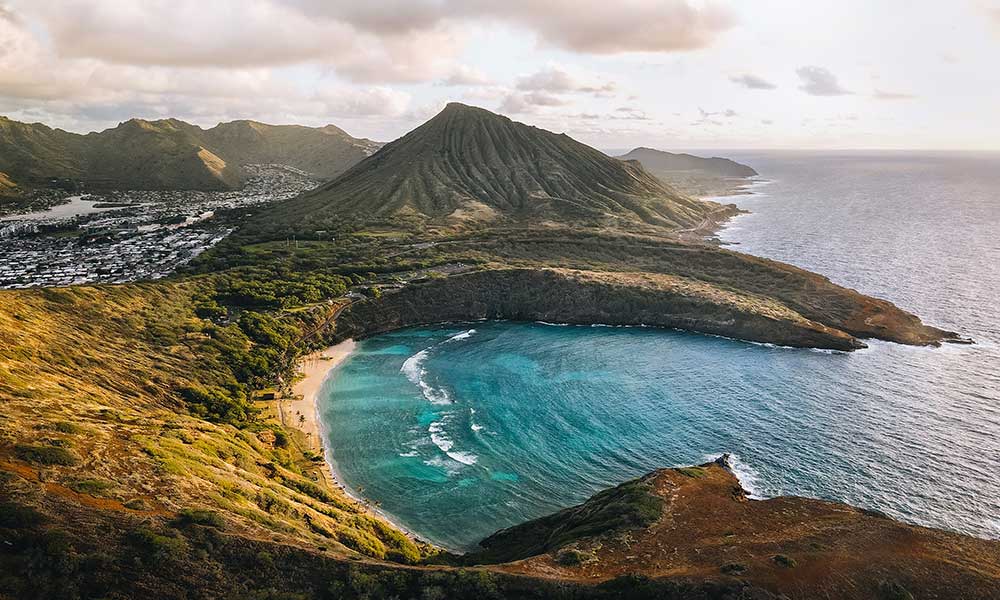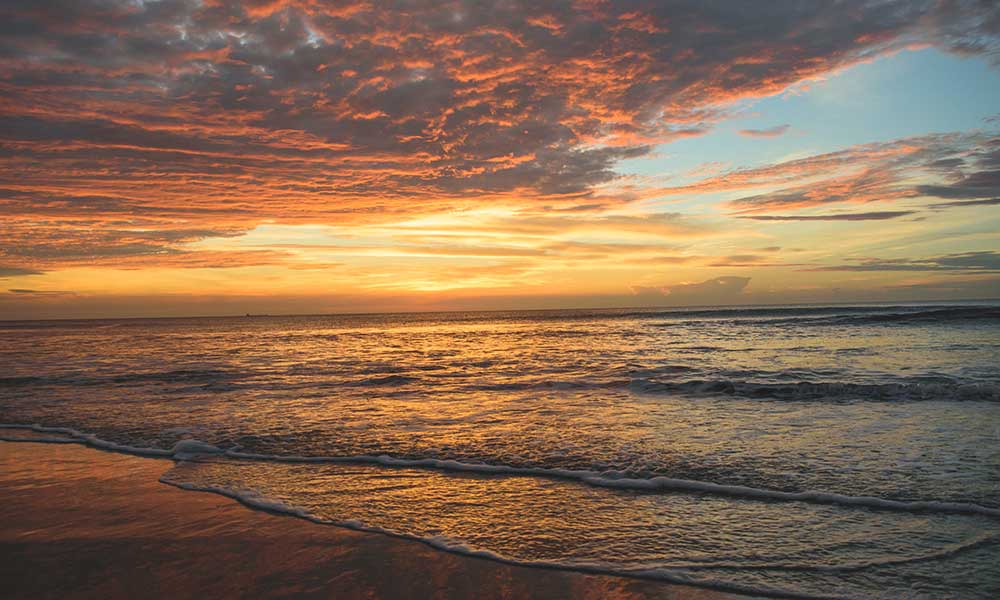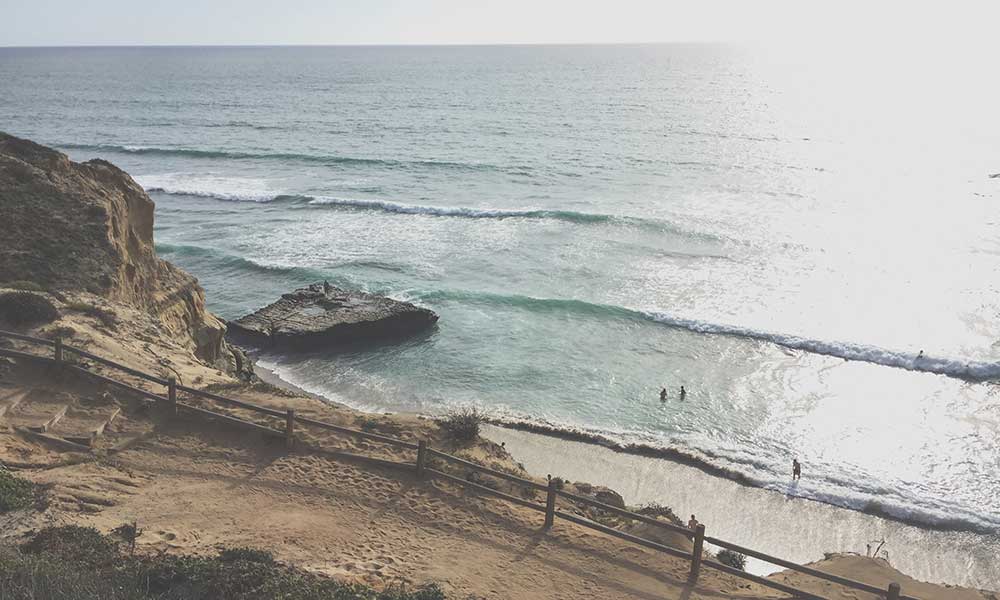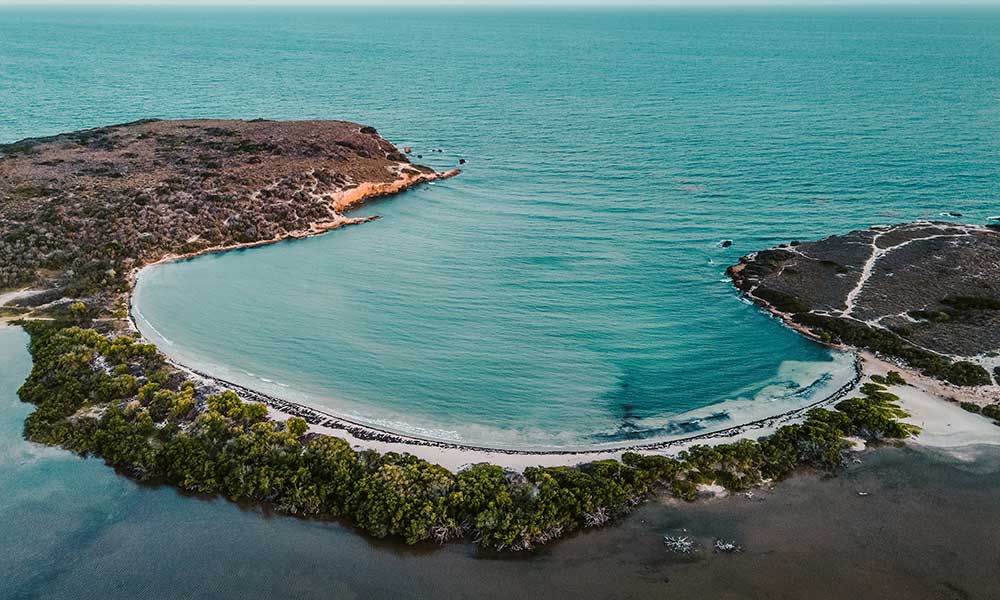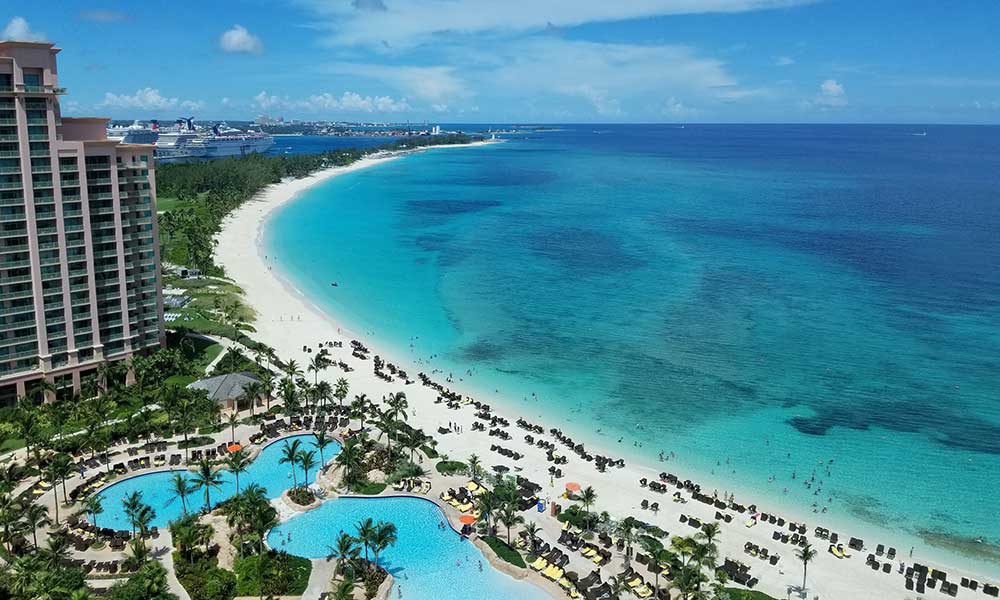Mexico is bordered by the Caribbean Sea and the Gulf of Mexico, and offers snorkelers an unparalleled range of underwater settings. Immerse yourself in the emerald waters of a cenote near Tulum, marvel at swimming with a majestic whale shark off the coast of Cancun, or unwind with green sea turtles in the shallow waters of gorgeous Akumal Bay.
Mexico’s coastline is a world-famous snorkeling area that stretches from the Caribbean Sea to the Gulf of California. The breathtaking white sand beaches, an assortment of wildlife species, and crystal-clear waters attract visitors between October and April.
This breathtaking coast is a treasure cove of wildlife and natural beauty. However, to get the most out of your snorkeling in Mexico, you will need to familiarize yourself with several tips.
Snorkeling In Mexico
Between October and April is prime snorkeling season in Mexico since you skip the rainy season from June to October. Although the coldest months are November to January and August to June, this tropical paradise’s coolest temperatures average between 72-79°F. Ensure you pay close attention to when you book your getaway since September and October are cyclone-prone months.
It is recommended that avid snorkelers cover the cost of bringing their own gear to Mexico. This generally works out to be less expensive than hiring equipment from guides, who usually only allow you to rent their gear between one to two hours. Furthermore, using your own gear helps make the most out of your experience since it fits better than rented equipment.
Taking a guided snorkel tour is recommended since guides are familiar with the best time to see certain spots and can show you many locations exclusively accessible by boat. However, it is possible to snorkel independently. When exploring this magnificent coast unsupervised, remember to respect the reefs since any damage can warrant a steep fine as government laws protect them.
While the reefs are worth seeing, don’t leave Mexico without visiting a cenote. These mystical natural water holes, concealed in the jungles and linked to underground tunnels, are one-of-a-kind snorkeling destinations. Thanks to its crystalline waters and unusual aquatic life, they will leave you with wonderful memories.
Best Places To Snorkel In Mexico
The reefs off Mexico’s coast are teeming with a variety of colorful marine life. However, there are several areas that are exceptionally breathtaking. When visiting Mexico, these are the top snorkeling spots that are a must-see.
Cozumel
Many regard Cozumel as Mexico’s best snorkeling destination, owing to its crystal-clear blue seas and closeness to the Mesoamerican Reef, which is home to more than one hundred different varieties of coral and species of fish. The island of Cozumel is located just off the coast of the Yucatan Peninsula and may be reached by plane or boat, with hourly flights to and from Playa del Carmen.
If you don’t own equipment, there are several locations to rent gear and swim out from the beach. Punta Sur or Chankanaab National Park not only boasts snorkeling and diving but also swimming with dolphins, walking paths, a café and bar, and a lagoon with an extensive iguana population that has excellent underwater viewing conditions.
La Paz
La Paz boasts various exciting outdoor activities, including snorkeling in its serene waters. La Paz is also home to the world’s largest fish, the whale shark, which is commonly sighted — in fact, they may be seen every month of the year except June. However, the peak whale shark season is regarded as early winter to late spring.
The gentle giants feed on plankton and don’t appear bothered by the limited number of humans that dive around to admire the beautiful creatures. Private vessels are not permitted to access the whale shark zones, so be sure to join an organized excursion. To safeguard the sharks, authorized tour operators and snorkelers are expected to observe tight restrictions.
Isla Espiritu Santo
Another option from La Paz’s Malecon is to take a boat cruise to Isla Espiritu Santo with Baja Sur Tours. Amongst the magnificent views, you could spot a whale, a pod of dolphins, rays, or even a whale shark. Isla Espiritu Santo and the adjacent islands are both declared national parks and UNESCO biosphere reserves, making for some of the most unbelievable snorkeling in the world!
The turquoise-colored seas are tranquil and clean, and they are filled with a diverse array of colorful fish and sea lions. Be sure to watch out for sea lion colonies that occasionally swim right up to snorkelers, performing somersaults and indulging in other forms of play.
Cabo Pulmo National Park
This breathtaking area offers the best snorkeling in the Cabo San Lucas area and is home to many different species of tropical fish, crustaceans, and marine animals. It fronts a sparsely inhabited stretch of shore and is home to North America’s only hard coral reef. This zone protects California sea lions, as well as endangered scallops and sea cucumbers.
The park encourages snorkeling only with a guide; however, there are other possibilities. Cabo Pulmo Beach Resort exclusively operates in the park, offering two snorkeling cruises each day. You may also take a trip from Cabo San Lucas, a fantastic option for people who do not want to hire a car because the park is a two-hour drive from the city.
Akumal Bay
Akumal Bay boasts white sand beaches covered with coconut trees, making it a scenic snorkeling spot. Explore the ocean depths with stingrays and green turtles that come to feast on the seagrass beds. Because the animals are accustomed to human presence and are not readily scared, you can even swim alongside them. Simply arrive as early as possible for a calmer experience since this is a highly popular location.
Cancun Underwater Museum
MUSA, or Museo Subacuatico de Arte, is an artificial reef with almost 500 sculptures on the ocean floor. The ever-changing environment of the water affects the look of the sculptures.
The sculptures require algae to provide a substrate for the delicate coral and food for fish. Some have already begun to show coral development as the artificial reef promotes the growth and construction of natural reefs while sheltering them from powerful currents.
Conclusion
Mexico’s shoreline is a tropical paradise home to hundreds of wildlife species, breathtaking views, and jewel-toned waters. Visiting this world-famous snorkel destination during peak season guarantees spotting sea turtles, whale sharks, dolphins, and even sea lions.
Cozumel, La Paz, Isla Espiritu Santo, Cabo Pulmo National Park, Akumal Bay, and Cancun Underwater Museum are some of the very best snorkeling spots in Mexico. However, to get the most out of your experience and intel into the best snorkel spots, it is best to take a guided tour.

